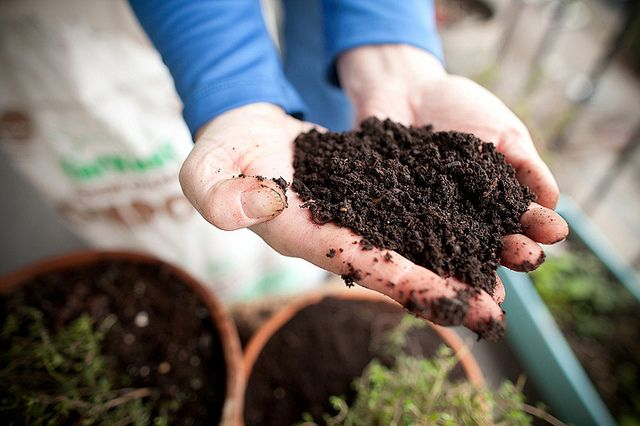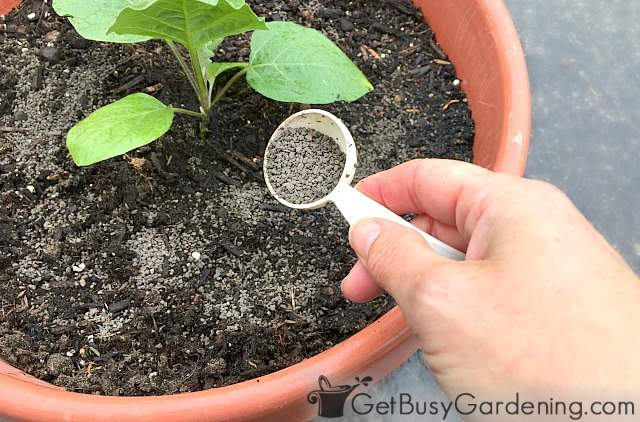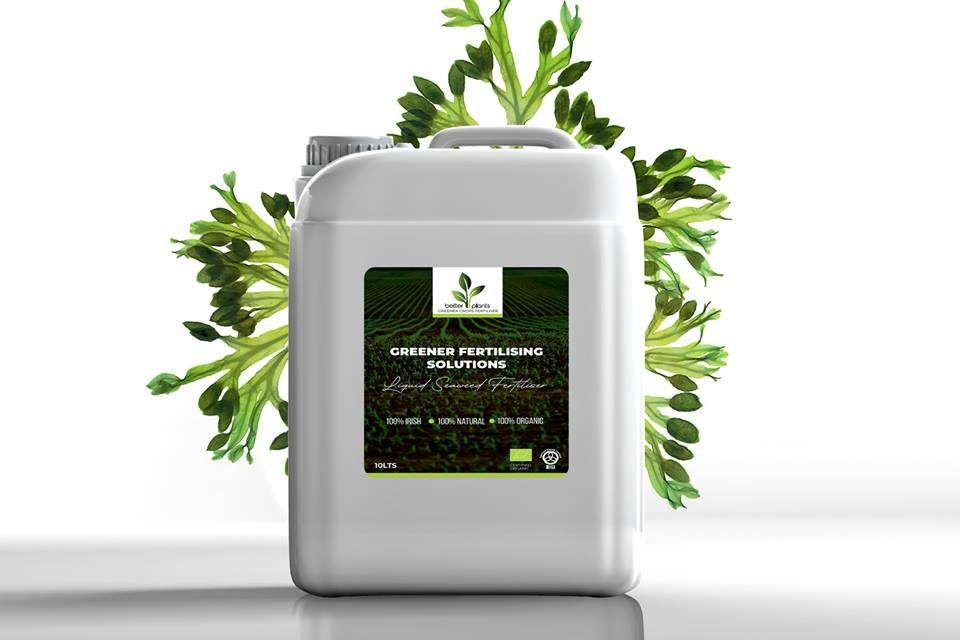Container gardening offers the flexibility to grow vegetables in small spaces, but it also requires careful attention to their nutritional needs. While plants in the ground can access soil nutrients and beneficial microbes, container-grown plants are limited to the nutrients provided in their pots. As a result, feeding them regularly is essential for healthy growth and a bountiful harvest.
Why Container Plants Need Regular Feeding
In the open ground, plant roots can extend to find fresh nutrients as they deplete the soil around them. However, container plants are confined to the limited space and resources within their pots. Once the nutrients in the soil or potting mix are used up—typically within six weeks—they require supplemental feeding to thrive.

Choosing the Right Fertilizer for Container Plants
When starting out, it’s important to mix your potting compost with slow-release fertilizers, such as granular organic options or chicken manure pellets, to give your plants an initial nutrient boost. However, for sustained growth, a regular liquid feed will become necessary, especially for hungry vegetables like tomatoes (which are technically fruits) or brassicas.
You can either purchase ready-made liquid fertilizers or create your own. Liquid fertilizers are easily absorbed by plants, providing a quick nutrient boost that ensures ongoing growth and fruit production.

Understanding Fertilizer Labels
Liquid fertilizers come in many varieties, but the key to choosing the right one lies in the N-P-K ratio—this stands for Nitrogen (N), Phosphorus (P), and Potassium (K). These three nutrients are crucial for plant health:
- Nitrogen promotes lush, leafy growth.
- Phosphorus supports root development and flowering.
- Potassium aids in overall plant health and fruit production.
For most vegetables, a balanced fertilizer with equal amounts of N, P, and K works well. However, for fruiting plants like tomatoes and peppers, choose a fertilizer with a higher potassium content, as this will encourage better flowering and fruit set.
Using Seaweed Fertilizer
A popular option for many gardeners is seaweed-based liquid fertilizer. Although technically a plant growth stimulant rather than a full-fledged fertilizer, seaweed extract promotes healthy plant growth and can be used monthly to nourish container vegetables. I personally recommend a diluted seaweed solution when transplanting or potting up plants, as it helps them recover from the shock and stay healthy. If plants look a bit stressed, spraying or watering them with a diluted seaweed solution can also help revive them.

Making Your Own Liquid Fertilizer
Commercial liquid fertilizers can get expensive, so consider making your own at home. While homemade liquid feeds might have a strong odor, they are a great and cost-effective way to fertilize your plants.
- Comfrey-based fertilizer is excellent for fruiting vegetables, as it’s rich in potassium.
- Nettle or borage-based fertilizer is higher in nitrogen, making it perfect for leafy vegetables like spinach or lettuce.
Another option is to create a “tea” by soaking compost or well-rotted manure in water for about 10 days. Strain it and dilute the resulting dark brew until it resembles weak tea before applying it to your plants.
You can even use urine as a natural fertilizer. While it might sound unconventional, urine is sterile and high in nitrogen and potassium. Just make sure to dilute it well (up to 40 parts water to 1 part urine) to avoid burning your plants.
Fertilizing Frequency
For most container vegetables, a monthly seaweed feed will keep them healthy throughout the growing season. Fruiting plants, like tomatoes, will benefit from weekly feedings—alternate between a tomato-specific fertilizer and seaweed feed.
However, some plants don’t require regular feeding. Salad greens, such as lettuce, generally do not need extra nutrients, and herbs like lavender, thyme, or rosemary thrive in nutrient-poor conditions and should not be fertilized.

Conclusion
Regular feeding is crucial for the success of your container vegetables. By selecting the right fertilizer, paying attention to plant needs, and fertilizing at the appropriate intervals, you’ll ensure a healthy and productive container garden. Keep your plants nourished and enjoy the rewards of home-grown vegetables.
